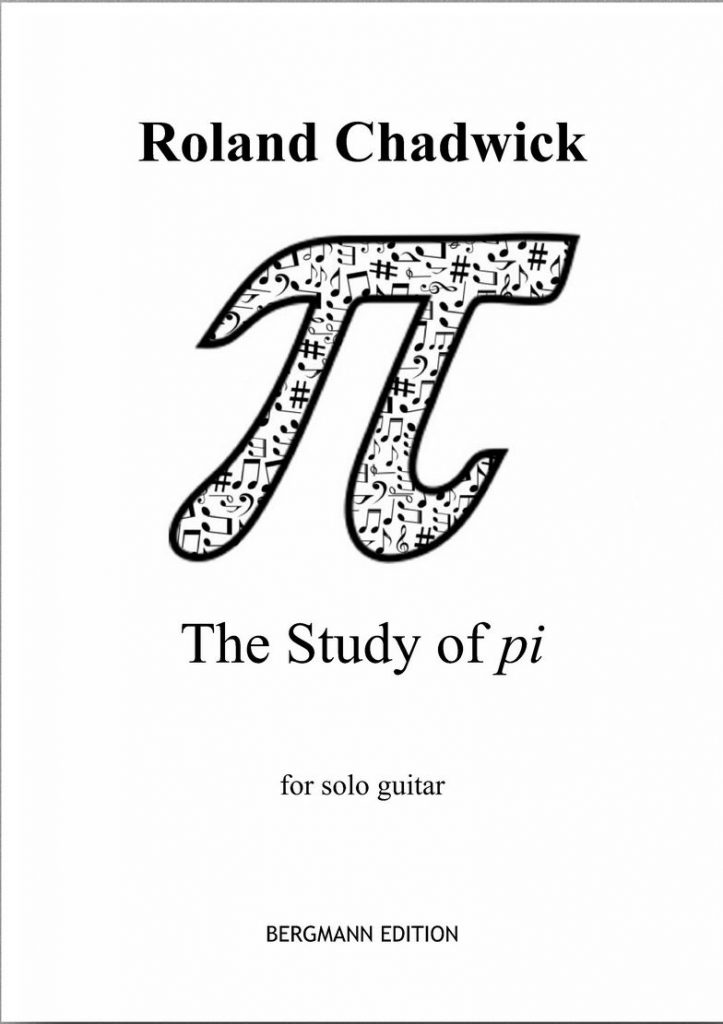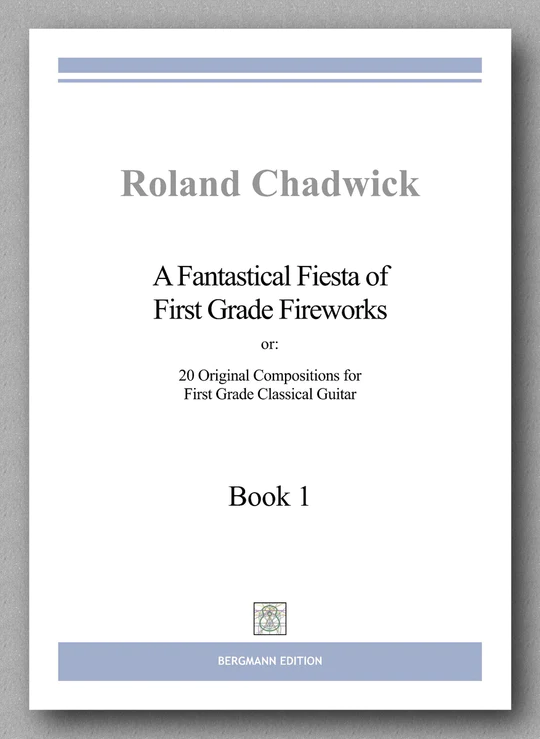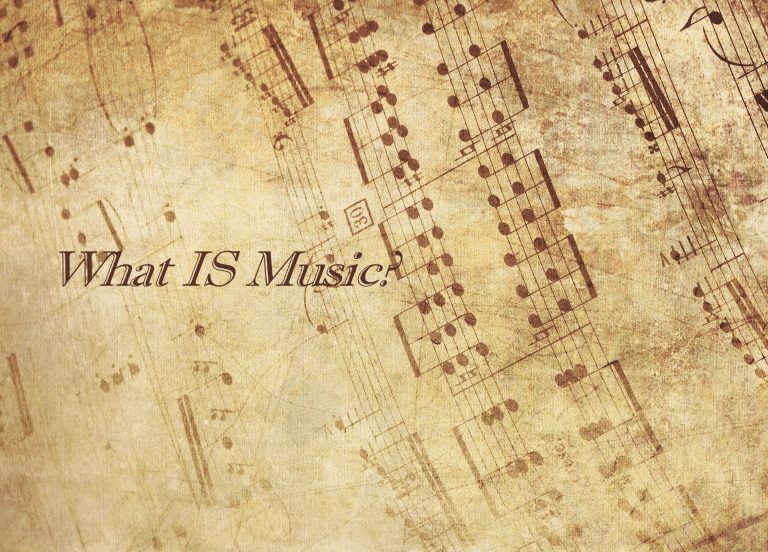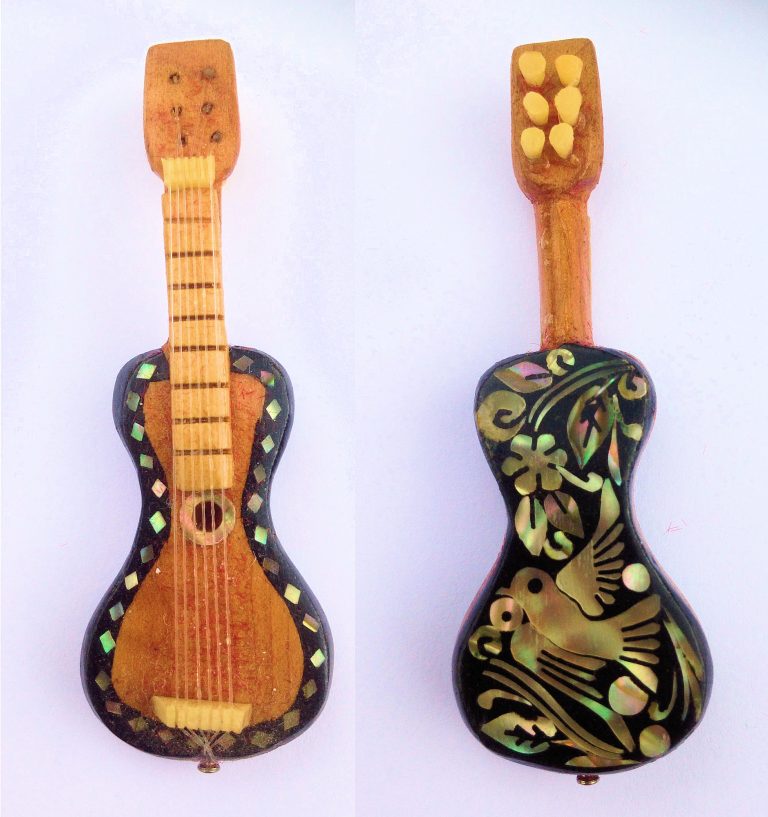Roland Chadwick : The Study of Pi
Roland Chadwick
Bergmann Edition: 9 pages
www.bergmann-edition.com
When Roland came to Manchester to play for the MGC back in May 1999, he provided us with a concert of entirely his own material, and it was a fascinating evening, so I was extremely interested to see this latest publication from him.
This is a study in the truest sense of the word, as it requires considerable technical expertise to cope with its constant flow of notes. If, like me you were initially wondering how the title related to this piece, I can say that it has nothing to do with 22/7, so ( thank goodness) there are no alternate bars of 22/4 , and 7/4 time , which is what I was imagining when I saw the title. No, it is a play on words and has to do with the constant flow , throughout the piece of a continuous group of semi – quavers on the same note, in tremolo form, which are to be played alternately with the thumb , and the index finger, (pi!)
The Vivace marking of 135 crotchets a minute and the semiquavers that run through the entire 121 bars of the piece tells you that this is no easy ride. What Chadwick has done here is every few bars, he introduces a different idea, sometimes a mode, sometimes a particular way of playing, (Quasi Chromatic, etc), but always the melody that is prominent is underpinned by this repeated note pattern. Everything is very carefully notated so that nothing can be misconstrued. So you begin with 11 bars of Mixolydian pi, followed by a semi tonal crunch of A, and Ab hammered against the repeated G, marked Quasi Chromatic pi. Then after a repeat of the Mixolydian pi the Lydian Dominant pi enters, followed by a Chromatic pi, and enigmatic pi and a Phrygian pi, and so on. The speed and the repeated pattern never let up for a second, until the final 7 bars when a Meno Mosso enters with a widely spread arpeggiated pattern , a large bare 5th G chord, and a final pizzicato bottom G staccato quaver to finish.
The dedicatee Detlev Bork has done a fine rendition of it on YouTube which is probably the place to start for any of you interested in finding what this piece entails in more detail, but suffice it to say that it is far from easy, and it most certainly tests the player’s abilities in alternating the thumb and the first finger, as you will be playing that pattern for approximately 4 minutes. Altogether this is a highly individual piece that is well worth your attention!
Chris Dumigan 13th May 2021





